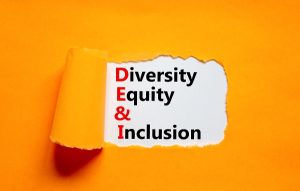
In the early days of the pandemic, remote work seemed like a short-term arrangement, but as days turned into months, working remotely, in some capacity, became a reality for over two-thirds of the federal workforce. Today, federal employees work in an office more frequently than they do anywhere else, with telework employees spending 61.2% of their work hours at traditional federal work sites, but this means there is still a considerable amount of government work being done outside office walls.
Adapting to this new reality means taking a close look at policies and procedures to ensure that work arrangements meet the needs of employees as well as the requirements of agency missions. Continue reading





 The last year has brought about incredible change in the federal workforce, and it shows no sign of stopping. With a new Director for the Office of Personnel and Management (OPM)
The last year has brought about incredible change in the federal workforce, and it shows no sign of stopping. With a new Director for the Office of Personnel and Management (OPM) 

